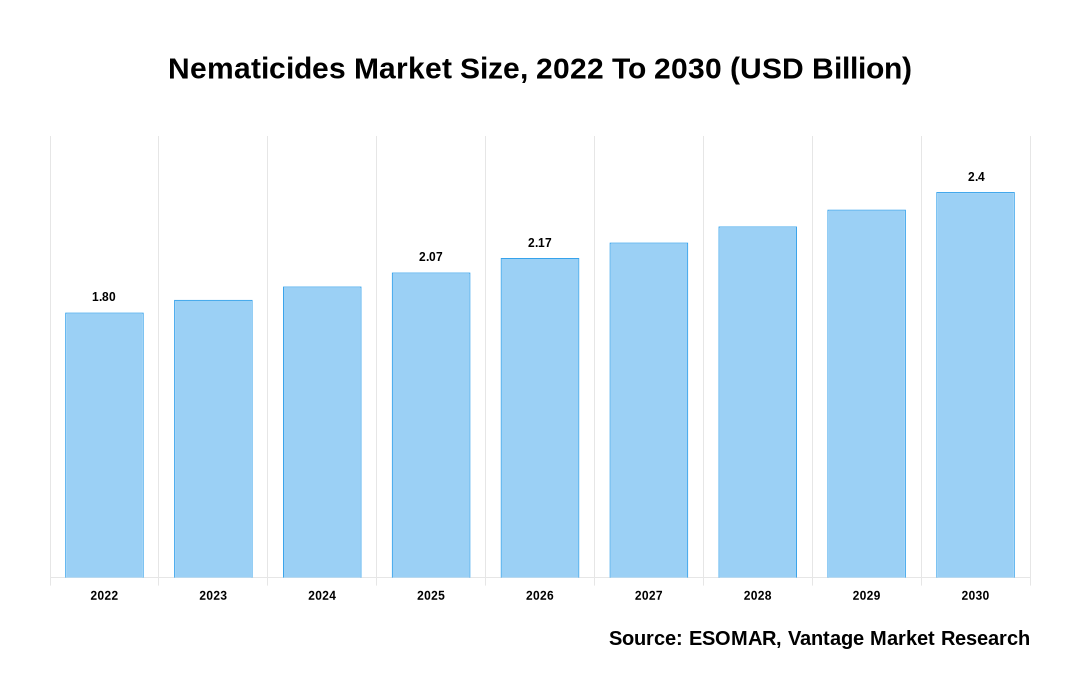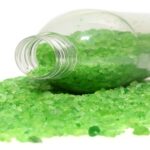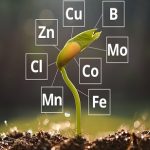Global Nematicides Market
As stated in our extensive report, the Global Nematicides Market accounted for USD 1.8 Billion in the year 2022 and is projected to reach a value of USD 2.4 Billion by 2030.
The global Nematicides market is expected to experience significant growth over the next several years, driven by rising demand for eco-friendly solutions and the increasing need for sustainable agricultural practices. Nematodes pose a significant threat to agricultural production, causing billions of dollars in losses each year, and Nematicides are a key tool for managing these pests.
One major trend in the Nematicides market is the growing preference for sustainable and environmentally friendly solutions. Consumers and regulatory agencies alike are placing greater emphasis on reducing the use of harmful chemicals in agriculture, and this has led to the development of more eco-friendly nematicide products. These products are typically less toxic, biodegradable, and less likely to persist in the environment than their traditional chemical counterparts.
Another driver of growth in the Nematicides market is the increasing adoption of IPM (integrated pest management) practices. IPM involves the use of a variety of strategies, including biological controls and cultural practices, to manage pest populations in a sustainable and environmentally friendly manner. Nematicides are an important component of many IPM programs, and this is expected to contribute to the continued growth of the Nematicides market.
Click To Get a Free Sample On the Research Study

Overall, the global Nematicides market is expected to experience a CAGR (Compound Annual Growth Rate) of 4.8% from 2023 to 2030, driven by these and other factors. While challenges such as regulatory restrictions and the high cost of developing new nematicide products remain, this market is poised for continued growth in the upcoming years as agriculture continues to evolve toward more sustainable and environmentally friendly practices.
Key Factors Influencing Global Nematicides Market Growth
The growth of the global Nematicides market can be attributable to the following:
- The Nematicides market is heavily regulated, and changes to regulations can have a significant impact on market growth. For example, some countries have banned or restricted the use of certain nematicide products due to concerns over environmental and human health impacts. As a result, companies operating in this market must stay up-to-date on evolving regulations and work to develop products that comply with these regulations.
- As consumers become aware of environmental and health impacts of chemical-based agriculture, demand for sustainable and eco-friendly solutions is increasing. This has led to the development of biological and organic Nematicides that are less toxic and have a lower environmental impact. Companies that are able to meet this growing demand are likely to see increased sales and market share.
- Development of new technologies, including gene editing and precision agriculture, is creating new opportunities for the Nematicides market. For example, gene editing techniques could be used to develop plants that are resistant to nematodes, reducing the need for nematicide treatments. Companies that are able to leverage these technologies to develop more effective and sustainable nematicide products are likely to be successful in this market.
- Integrated pest management (IPM) involves using a combination of strategies to manage pests in a sustainable and environmentally friendly manner. Nematicides are an important component of many IPM programs, and the increasing adoption of IPM is expected to drive demand for nematicide products.
- The overall trends and dynamics of the agriculture industry also influence the Nematicides market. For example, the increasing demand for food and fiber, combined with the limited availability of arable land, is driving the need for more efficient and sustainable agricultural practices. Nematicides can play an important role in these efforts by reducing crop losses due to nematode infestations.
North America Region to Take Over the Market
North America is currently the largest region in the global Nematicides market, accounting for a significant share of the market. The region’s dominance is attributed to several factors, including a high level of awareness about nematode damage and the need for effective control measures, a strong focus on sustainable agriculture, and a favorable regulatory environment.
In addition, the North America market benefits from the presence of several key players in the nematicide industry, which have established a strong presence in the region and are investing in research and development to improve product effectiveness and sustainability.
The United States is the largest market within the North America region, accounting for the majority of the market share. The country’s large agricultural sector, advanced technological infrastructure, and strong support for research and development contribute to its position as a leading market for Nematicides.
Overall, the North America Nematicides market is expected to continue its growth trajectory, driven by a combination of favorable market conditions and increasing demand for sustainable solutions in agriculture.
Conclusion
The global Nematicides market is set to experience tremendous growth in the upcoming years, driven by a range of factors, including rising demand for sustainable solutions, the adoption of integrated pest management, and advancements in technology. While challenges such as regulatory restrictions and high development costs remain, the market is poised for continued expansion as agriculture continues to evolve toward more sustainable and eco-friendly practices. Companies that are able to develop innovative and effective nematicide products that meet these evolving needs are likely to be successful in this growing market.
Some of the prominent businesses in the Global Nematicides Market includes – Syngenta Crop Protection AG (U.S.), Bionema (UK), Vegalab SA (U.S.), STK bio-ag technologies (Mexico), Andermatt Biocontrol AG (Switzerland), Koppert Biological Systems (EU), Corteva (U.S.), Bayer AG (Germany), Biobest Group NV (Belgium), Certis USA LLC (U.S.), Valent BioSciences LLC (U.S.), to name a few.
![[Market Research Reports] – Research Google News Blog | VMR.Biz](https://www.vmr.biz/wp-content/uploads/2022/12/logo-removebg-preview.png)











